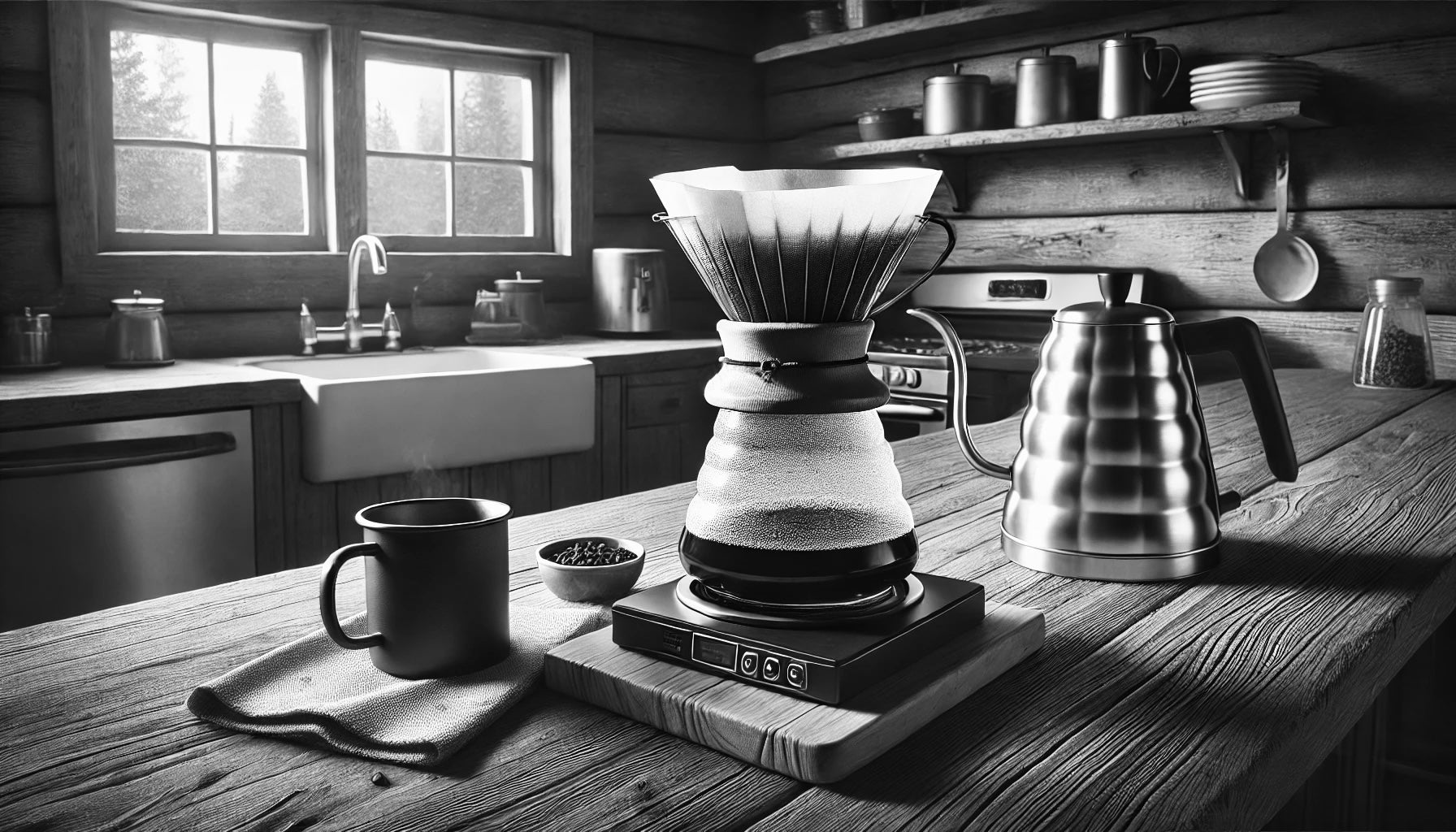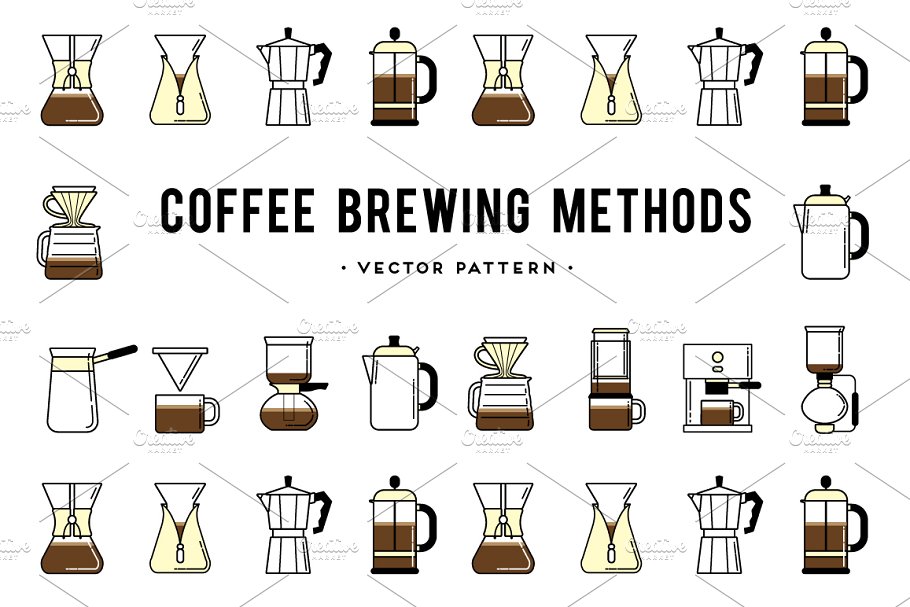Understanding Different Coffee Brewing Methods for a Richer Taste Experience
A detailed understanding of different coffee brewing methods can profoundly influence your taste experience, exposing the intricate nuances of this precious beverage. As you think about which approach ideal fits your preference choices, the question remains: how do these methods influence the last mug, and which might elevate your coffee experience to brand-new heights?
Drip Coffee Machine
While lots of coffee lovers appreciate the nuances of various brewing methods, the drip coffee machine stays a staple in homes and offices due to its simpleness and performance. This home appliance operates by heating water and enabling it to stream through coffee grounds, removing oils and flavors, which then leak into a pitcher below.
The drip coffee manufacturer is favored for its ability to brew multiple mugs simultaneously, making it suitable for busy early mornings or gatherings. Customers can easily tailor the stamina of their coffee by adjusting the amount of coffee premises utilized or picking a brew strength setting found in many modern equipments. Furthermore, programmable attributes permit individuals to set a timer, making certain a fresh pot of coffee is prepared upon waking.
Maintenance is reasonably straightforward, as the majority of drip coffee machine call for periodic cleaning to eliminate mineral build-up. Many designs are additionally equipped with functions such as vehicle shut-off, which enhances security and power performance. Ultimately, the drip coffee machine provides a trustworthy and easy to use choice for those looking for a consistent and pleasurable coffee experience without the complexities of more sophisticated developing approaches.

French Press
The French press uses a distinct developing experience that contrasts sharply with the automated process of a drip coffee maker. This guidebook method permits an intimate interaction with the coffee-making process, giving individuals higher control over different specifications, such as steeping time, coffee-to-water proportion, and grind dimension.
To brew coffee making use of a French press, coarsely ground coffee beans are steeped in warm water for roughly 4 mins. This immersion strategy removes abundant oils and tastes from the coffee, resulting in a full-bodied beverage that highlights the nuances of the beans made use of. The metal or nylon mesh filter of the French press enables vital oils to continue to be in the mixture, adding to its durable taste account.
When making use of a French press, it is vital to focus on the developing time and water temperature level, as these variables significantly affect the final taste. Experimentation with different coffee selections and soaking periods can result in an individualized flavor experience. On the whole, the French press is a fulfilling and easily accessible technique for coffee enthusiasts looking for to strengthen their gratitude for the intricacies of their favored beverage.
Pour-Over Strategies
Pour-over methods elevate the coffee developing experience by allowing exact control over every aspect of the procedure, from water temperature to putting technique. This technique involves manually putting warm water over coffee grounds in a filter, commonly located in a dripper, which enables for optimum extraction of tastes.
To start, choosing the appropriate coffee grind is critical; a medium to medium-fine work functions best to guarantee correct water flow and removal (coffee brewing methods). Next, water temperature need to ideally range in between 195 ° F and 205 ° F, as this range draws out the ideal flavors without heating the coffee
The pouring method additionally plays a vital function. A slow-moving, circular movement when saturating the premises can help uniformly remove oils and tastes. It's usually recommended to allow the coffee to flower for 30 secs after the first pour, which allows co2 escape and enhances flavor advancement.
Coffee Equipments
For those seeking a different yet similarly satisfying developing experience, coffee machines provide an one-of-a-kind approach of coffee preparation that emphasizes stress removal. This procedure entails compeling hot water through finely-ground coffee at roughly 9 bars of pressure, causing a concentrated shot of espresso that showcases rich tastes and scents.

The top quality of coffee is affected by a number of elements, consisting of grind dimension, dose, water temperature level, and removal time. Accomplishing the ideal espresso shot calls for technique and attention to detail. In addition, the coffee functions as a base for various coffee drinks, such as lattes, cappuccinos, and Americanos, making it a functional option for coffee fanatics.

Cold Brew Techniques
Cold brew coffee has actually acquired appeal for its smooth, low-acidity profile and refreshing taste, making it an excellent selection for warm climate or those delicate to click this link standard brewing techniques - coffee brewing methods. The process of cold brewing usually entails soaking coarsely ground coffee beans in chilly or room temperature level water for a prolonged duration, normally 12 to 24-hour. This technique removes flavors differently than warm water, resulting in an abundant, complex mixture that highlights chocolatey and fruity notes
There are different cold mixture techniques offered, including immersion and drip developing. The immersion method is one of the most uncomplicated; just incorporate coffee and water in a container, let it high, and then strain the premises. On the other hand, the drip approach utilizes a specific coffee machine to gradually drip water through coffee premises, enabling a more regulated removal process.
Despite the technique picked, the coffee-to-water proportion is vital, generally suggested at 1:4 for a focused mixture that can be weakened with water or milk prior to serving (coffee brewing methods). Cold brew can be served over ice, combined with flavorful syrups, or used as a base for different coffee drinks, offering convenience and an one-of-a-kind preference experience
Conclusion
In verdict, checking out different coffee brewing techniques significantly improves the taste experience. Engaging with these diverse brewing processes not only boosts recognition for coffee's intricacy but also encourages people to tailor their coffee satisfaction according to individual choices.
Individuals can easily tailor the stamina of their coffee by changing the amount of coffee premises utilized or selecting a mixture strength setting located in lots of contemporary machines. Inevitably, the drip coffee maker offers Learn More a reliable and straightforward option for those seeking a regular and satisfying coffee experience without the complexities of even more fancy developing techniques.
To brew coffee utilizing a French press, coarsely ground coffee beans are steeped in hot water for approximately 4 minutes. Conversely, the drip method uses directory a specific coffee maker to slowly trickle water through coffee premises, allowing for a much more controlled extraction procedure.
Involving with these diverse developing processes not only boosts recognition for coffee's complexity however additionally equips individuals to tailor their coffee enjoyment according to personal choices.